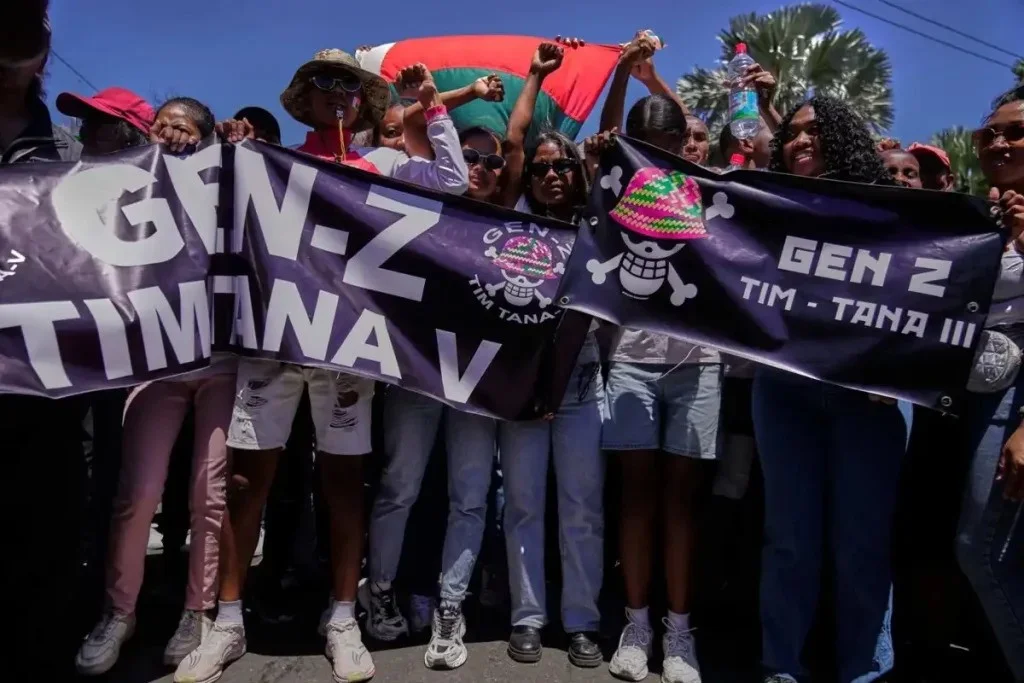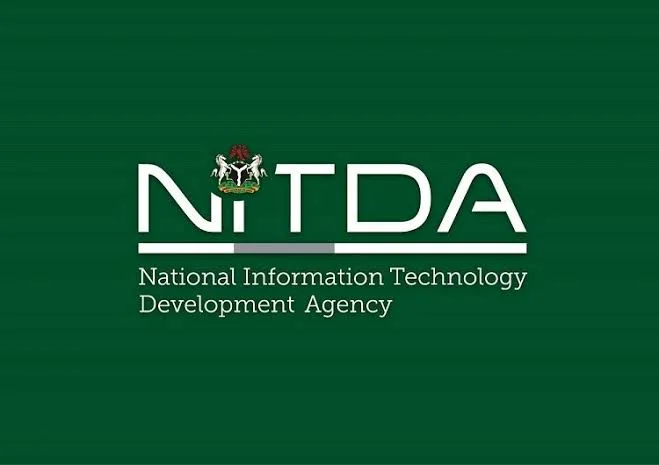A dramatic Madagascar coup has installed a new military leader, fundamentally altering the nation’s political landscape. Col. Michael Randrianirina assumed the presidency on October 15, 2025.
His rise followed weeks of intense, youth-led protests. These demonstrations successfully ousted former President Andry Rajoelina. However, the young generation that forced this change remains deeply divided over the future.
The Grind Continues for Protesters
Col. Randrianirina has promised a new era for the nation of 30 million people. Yet, for many protesters, daily life is unchanged.
Donah Falia, a 20-year-old accounting student, still endures long lines for water on Antananarivo’s outskirts. “There’s no hope yet,” Falia stated, reflecting widespread frustration.
The core issues that sparked the unrest—poverty, joblessness, and crumbling utilities—persist.
A History of Political Upheaval
Political instability is not new for Madagascar. The island nation has faced repeated coups since gaining independence from France in 1960.
Ironically, the deposed president, Andry Rajoelina, first gained power through a similar military-backed takeover in 2009. He was celebrated by crowds then, much as Randrianirina is now.
How the Youth-Led Protests Succeeded
The recent protests began in September 2025. They were largely driven by leaderless youth groups fed up with a failing state.
The government’s initial response was violent. United Nations reports indicate security forces killed 22 people and injured more than 100.
The situation shifted dramatically when Col. Randrianirina’s elite CAPSAT military unit sided with the demonstrators. This move forced Rajoelina to flee. He has since declared the takeover illegal from abroad.
Voices from the Madagascar Coup: Vigilance and Hope
The youth celebrated the ousting, some waving “One Piece” Jolly Roger flags—a global symbol of Gen Z defiance.
Despite the change, Donah Falia remains cynical in his one-room home in Anosimahavelona. He points to persistent water shortages and power cuts. “We wanted to choose our leader,” Falia explained, highlighting the demand for democracy, not just a new authority.
Tsantsa Fiderana Rakotoarison, a 22-year-old student, echoes this cautious stance. He views the military’s promises with optimism but offers a stark warning.
“The military knows we’ll speak up again,” Rakotoarison said, threatening future action if promises of reform fail.
An Uneasy Calm and Clear Demands
Thousands gathered in Antananarivo’s May 13th Square, where Randrianirina declared his takeover.
Witnesses noted a calmer transition compared to the 2009 coup, which was marked by widespread looting. Farasoa Rakotomanana, a 63-year-old protester, expressed relief at the restraint.
However, the new government faces immense pressure. The protesters, along with labor unions and civic groups, have clear demands. They insist on reliable electricity, clean water, and widespread job creation.
Rakotomanana warned that the patience of the people is thin. “We’ll rise again at May 13th Square” if these basic needs are not met, she stated.
A Fragile Future
Col. Randrianirina has pledged to listen to the youth and guide a transition back to civilian rule. This promise offers a fragile hope to a restless nation.
The young generation that powered this revolution now watches with intense scrutiny. They have demonstrated their power to topple a regime.
Now, they are determined to hold the new leadership accountable for tangible results, not just rhetoric.
________________________________________________






